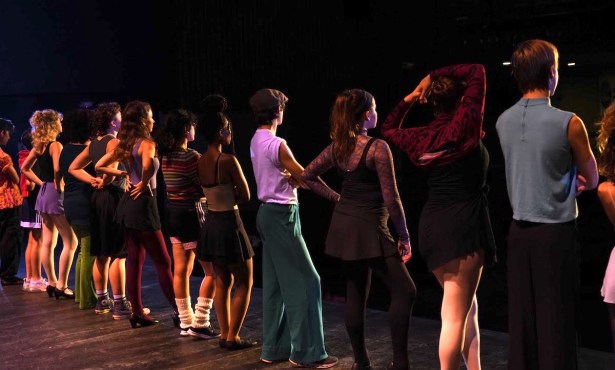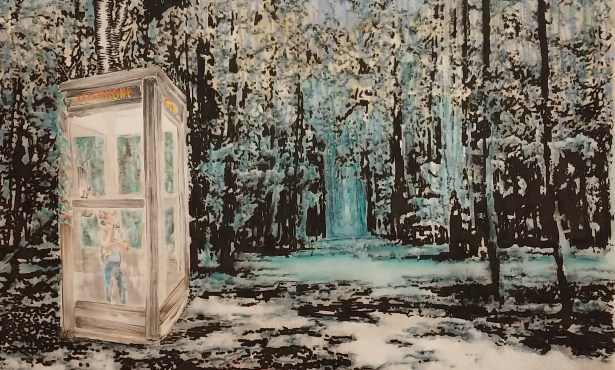Review: Random Dance at the Granada Theatre
London-based Company Presented FAR on Tuesday, January 28

There were 10 dancers. On the other hand, there were eleven. Yet again, there were thousands.
In Wayne McGregor’s evening-length work FAR, humans aren’t the only ones dancing.
The work features a vertical board consisting of thousands of light-emitting diodes. Over the course of the hour-long work, these diodes blink on and off, sending out waves of light: pulsing, shimmering, streaming, and glowing. Sometimes, the lights respond to the vibrations of the score, vibrating to the thrum of the deepest notes much as a cobra sways to a flute.
McGregor is known for his use of new technology, his collaborations with other conceptual artists, and his cerebral approach to dance making. It’s tempting to group his work in the post-modern dance camp; it’s non-narrative, boundary-pushing stuff. Even at the level of the individual dancer, McGregor seems determined to move beyond familiar techniques, pushing an arch of the back into an extreme backbend, throwing hips wildly off-kilter. Much as William Forsythe took George Balanchine to the next level of abstraction and extremism, McGregor wades deeper still into a place of relentless kinetics and hyper-mobility.
Yet for all its extremism, FAR carries within it echoes of something much older than Forsythe, or Balanchine, or Graham, or Duncan. Amid the post-classical refinement of scissor-sharp jettes and undulating body rolls are stuttering crabwalks and galumphing simian gallops. This sense of the primitive is helped along by Ben Frost’s score, an electronic soundscape out of which bubble grunts and squeals, the buzzing of a swarm of bees, the thunder of hooves.
Moritz Junge’s minimal grayscale costumes stay out of the way, revealing miraculous bodies that put up with movements derived more from the world of machines than muscles and joints. The effect is something like watching the lurching of a drug addict or someone with a neurological disorder — except, of course, for the exquisite control these artists exercise mid-spasm.
For all its post-modernity, FAR is still a work for 10 dancers, in the flesh, in relationship to one another. That these performers are fundamentally human is evident from the opening pas de deux, danced with the rubbery flexibility of porn stars to the final image of a female figure lying supine as her partner backs away from her body, casting his gaze over his shoulder as if to ask for a witness.



